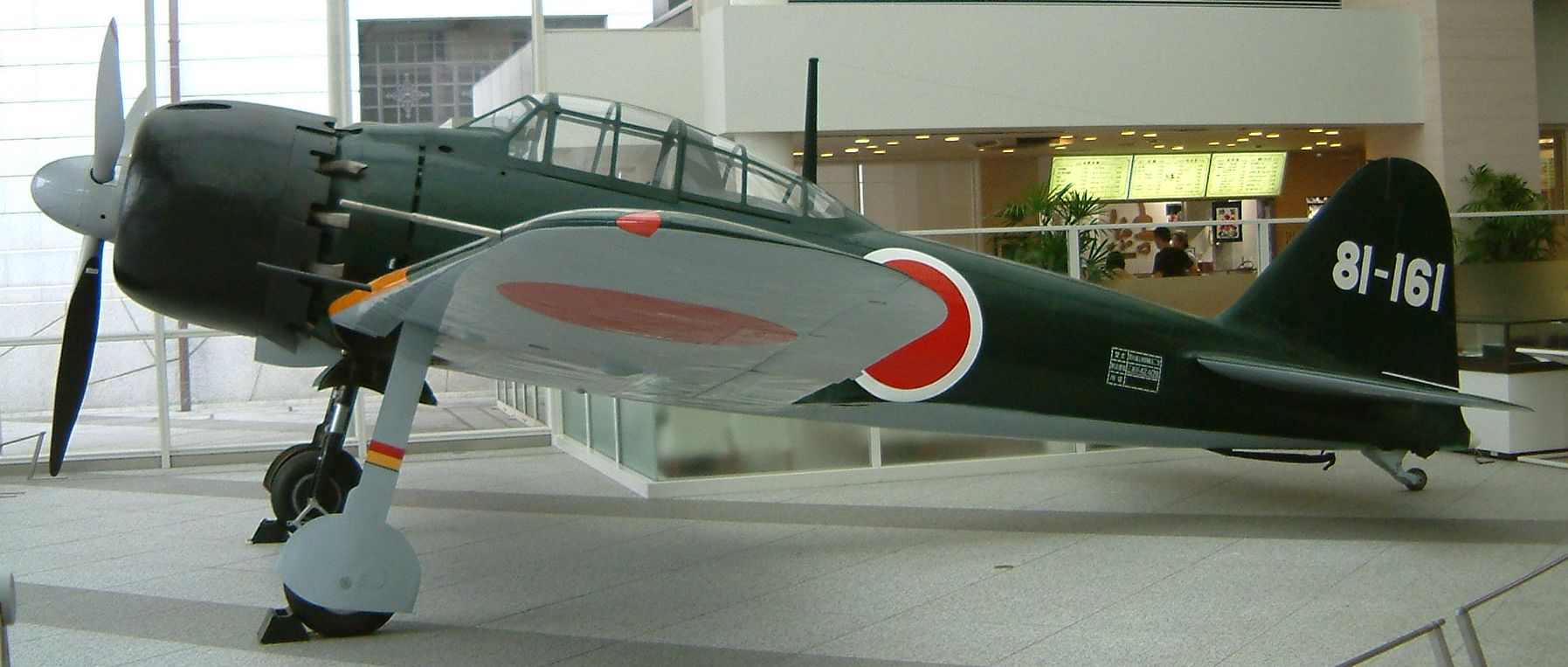Chennault was an old China hand and had been operating there for years trying to organize a Chinese air-force without much success. The AVG was only created late in 1941 and didn’t see action until after Pearl Harbor. The AVG wasn’t part of the US military, it was a mercenary unit composed of discharged US military personnel. So both are correct and, as usual, you are wrong. The Zero wasn’t secret, but “everybody” knew the Japanese only flew cheap copies of obsolete western aircraft and their pilots had buck teeth and needed coke bottle bottom eyeglasses.
The Japanese had not been using "cheap copies of obsolete Western aircraft" for years. Once again, you seem to be projecting your own prejudices and not the reality.
The A5M, the A6M, the D3A, the G3m and G4M (in fact all of the G series of land based bombers), the J3m (an d all J series land based fighters), the list just goes on and on and on. By 1935 Japan had started a major modernization program of all of their aircraft, and only used Japanese designers. You are talking the ignorant opinion of many people, but those who had seen what the Japanese were doing and using in Japan (especially the US military advisors working with the Chinese) knew otherwise.
In fact, as much as you are trying to over and over dismiss the intelligence gathered and claiming "nobody knew", which contradicts reality. One in particular was Marine Major William Worton. Sent to China as an intelligence officer for the ONI, he was undercover as a "Disgruntled Marine setting up an export company in China", and traveled extensively through Japanese held territory after the Marco Polo Bridge incident. Much as Major Earl Ellis a decade before, he was aware and alarmed of the rapid growth and capabilities of the Japanese military, and the Navy agreed.
You seem to forget, we still had Sailors and Marines in China during this time, and they were working closely with China. And forwarding all reports to Washington. What, you think nobody read them or cared because they were retired? I imagine you think they blew off General MacArthur for the same reason, because he was retired.
No, the problem here is that
you seem to believe they built nothing but junk, but those in the military knew better. Hence the massive attempt at reorganizing US forces before the war started. They knew what was coming, but they started a bit to late.
And nobody in the military thought they used "foreign obsolete aircraft", because of the A5M. The very reason the AVG was created in the first place was that aircraft, completely designed and built in Japan. If your claim was true, there never would have been an AVG in the first place. Where 100 pilots were allowed to leave the military and take up service in China. Flying of all things the P-40 Warhawk, one of the newest fighters in service at the time.
If Japan was not known to be flying tope rate fighters, the US would never have authorized US personnel on the eve of war to resign, and sent them with a recently designed and built aircraft. And interestingly enough, many of those pilots after the war started resigned and resumed their military career as if nothing had happened. Most of which immediately went on to command Squadrons and larger units, because they knew the equipment and pilots they would be facing.
Including Major Greg "Pappy" Boyington, Major Robert Smith, Major "Tex" Hill, Major James Howard, the list just goes on and on. The US would not have gone to any of that effort and expense if they did not see Japan and their aircraft as a real threat, and were not aware of their capabilities.

www.history.com

